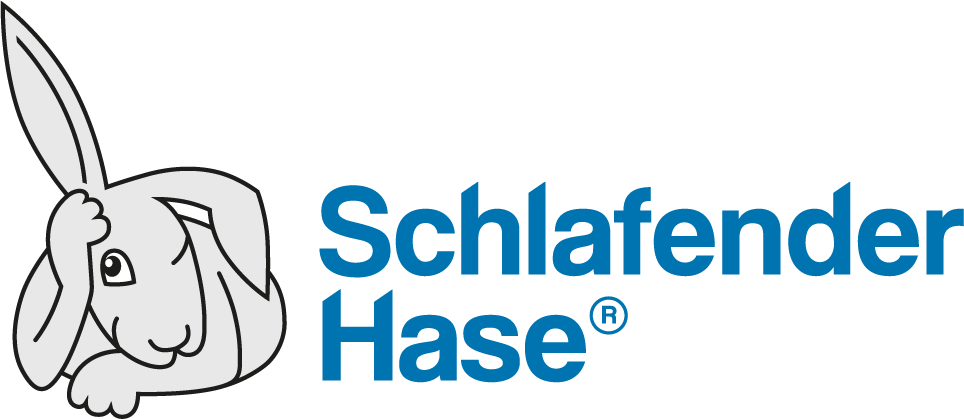Counterfeit medical products, including drugs and devices, pose a serious global threat to public health.
We are used to seeing barcodes on our retail products. These unique identifiers can play a significant role in combating this ever-growing problem and offer several advantages in the fight against counterfeit medical products.
Here are the 8 Ways Barcodes Can Combat Counterfeit Medical Products
1. Medical Product Authentication:
Barcodes can be used to verify the authenticity of pharmaceutical and medical device products. Each genuine product is assigned a unique barcode, which can be scanned and verified by healthcare professionals, pharmacists, and consumers to ensure that they are receiving a legitimate and approved medication or device.
2. Traceability of medical products:
Barcodes enable the tracking and tracing of medical products throughout the supply chain. This traceability helps identify where and when a product was produced, shipped, and received. In case of a counterfeit drug entering the market, it becomes easier to pinpoint the source and take appropriate action.
3. Regulatory Compliance:
Many countries and regions have regulatory requirements that mandate the use of barcodes on pharmaceutical or medical device packaging to enhance drug safety and combat counterfeiting. These regulations often specify the type of barcode format and data that should be included.
4. Supply Chain Security:
Barcodes help improve the security and reliability of the supply chain. They allow stakeholders to monitor the movement of products from manufacturers to distributors, wholesalers, pharmacies, and ultimately to patients, reducing the chances of counterfeit medical products infiltrating the supply chain.
5. Patient Safety:
Barcodes on drug packaging can also be utilized in hospitals and healthcare settings to ensure that the right medication is administered to the right patient. This minimizes the risk of medication errors, which can have serious consequences for patients.
6. Real-time Information:
Barcodes can be integrated with information systems, enabling real-time tracking and data exchange. This can help organizations quickly identify anomalies in the supply chain, such as unauthorized diversions or discrepancies in product distribution.
7. Serialization:
Serialization is the process of assigning a unique serial number to each unit of a product. Barcodes can be used as serialization identifiers, making it easier to track individual units and verify their authenticity.
8. Consumer Empowerment:
Patients and consumers can also benefit from barcodes on drug packaging. For example by using smartphone apps or other devices to scan and verify the authenticity of the product before use.
While barcodes are a valuable tool in the fight against counterfeit medical products, they are only useful if they are accurate. This is where a digital barcode inspection solution, like TVT Barcode is key. TVT Barcode was built specifically for the Life Sciences industry following globally recognized ISO and GS1 standards and specification. It is capable of detecting, comparing, decoding and grading digital barcodes in your pharmaceutical and medical device packaging, thus ensuring that your real medical products can be easily authenticated, traced and remain compliant.
Unfortunately, barcodes on their own are not enough to stop counterfeit medical products. Additional measures, such as tamper-evident packaging, secure labeling, and international collaboration, are also essential to address this complex issue effectively. Pharmaceutical and medical device companies, regulatory authorities, and healthcare professionals must work together to ensure the integrity of the supply chain and protect public health.






